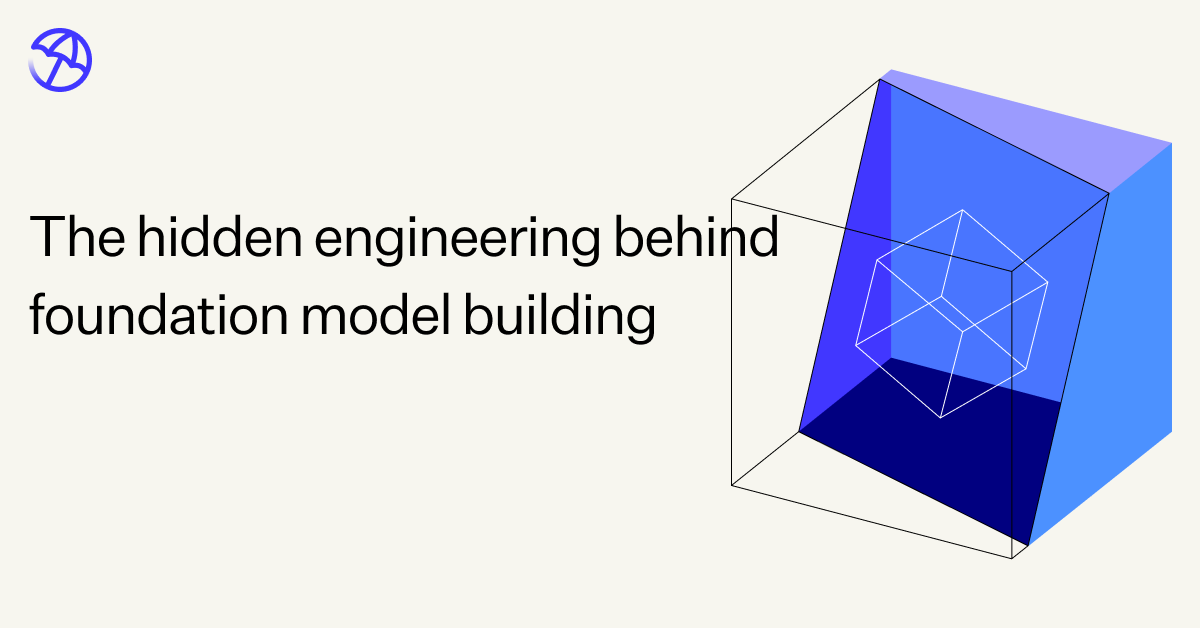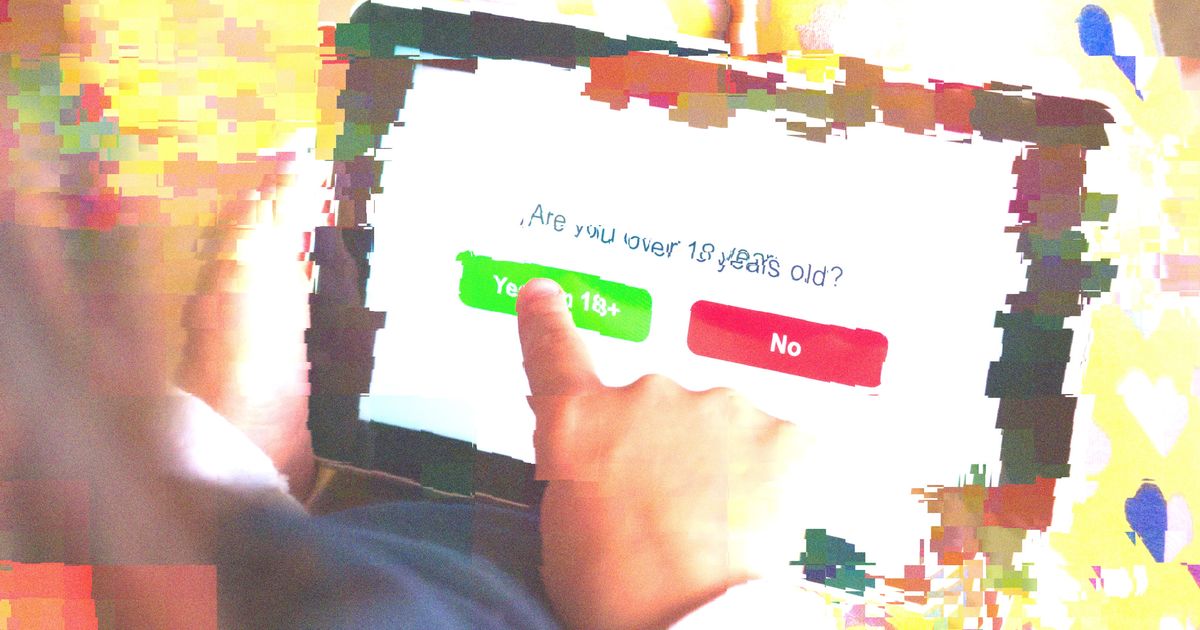![‘Self-termination is most likely’: the history and future of societal collapse “W e can’t put a date on Doomsday, but by looking at the 5,000 years of [civilisation], we can understand the trajectories we face today – and s](https://i.guim.co.uk/img/media/c33caa3036f5c01a4ba27109b3a5524de299e326/491_0_4640_3712/master/4640.jpg?width=1200&height=630&quality=85&auto=format&fit=crop&precrop=40:21,offset-x50,offset-y0&overlay-align=bottom%2Cleft&overlay-width=100p&overlay-base64=L2ltZy9zdGF0aWMvb3ZlcmxheXMvdGctZGVmYXVsdC5wbmc&enable=upscale&s=1b7816c4136798b148a26cc61f6f3f6e)
‘Self-termination is most likely’: the history and future of societal collapse
“W e can’t put a date on Doomsday, but by looking at the 5,000 years of [civilisation], we can understand the trajectories we face today – and self-termination is most likely,” says Dr Luke Kemp at the Centre for the Study of Existential Risk at the University of Cambridge.
“I’m pessimistic about the future,” he says. “But I’m optimistic about people.” Kemp’s new book covers the rise and collapse of more than 400 societies over 5,000 years and took seven years to write. The lessons he has drawn are often striking: people are fundamentally egalitarian but are led to collapses by enriched, status-obsessed elites, while past collapses often improved the lives of ordinary citizens.
Today’s global civilisation, however, is deeply interconnected and unequal and could lead to the worst societal collapse yet, he says. The threat is from leaders who are “walking versions of the dark triad” – narcissism, psychopathy and Machiavellianism – in a world menaced by the climate crisis, nuclear weapons, artificial intelligence and killer robots.
The work is scholarly, but the straight-talking Australian can also be direct, such as when setting out how a global collapse could be avoided. “Don’t be a dick” is one of the solutions proposed, along with a move towards genuinely democratic societies and an end to inequality.

















